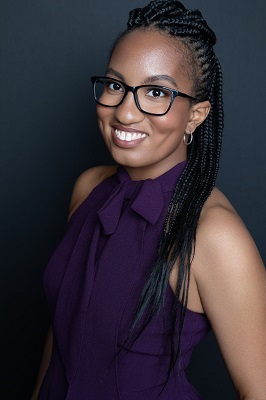Deborah Falaye, Blood Scion
Fifteen-year-old Sloane just received her draft notice; she’s now a Recruit in the brutal occupying Lucis army. But it’s worse than just being a child soldier. She’s a Scion, a descendant of the Orisha, the old gods of the conquered Yoruba nation. Sloan faces the double challenge of surviving a particularly brutal boot camp while maintaining her secret, because if the Lucis rulers discover her magic powers, her life would be forfeit.
Debut novelist Deborah Falaye clearly means this novel to enter the same YA science fantasy niche as the Hunger Games and Divergent franchises. She has a similar premise, with a bloated state and a protagonist whose life is circumscribed by violence. Falaye’s story really emphasizes the degrading effects of settler colonialism. But the longer her story continues, the more conscious I become of the movies and other sources she’s plundered for her story.
The story starts well. Sloane is an intrepid youth, orphaned early when the Lucis disappeared her parents. By day, she combs the surrounding foothills for evidence of her mother’s whereabouts; by night, she evades the Nightwalkers, a vicious secret police squad. She survives by wits, ingenuity, and judicious application of her Scion magic. But her powers must never be discovered; state propaganda has made turning Scions over a lucrative business.
Almost immediately, though, the story changes. Sloane receives her draft letter and, knowing that escape is impossible, submits. Boot camp is a relentless liturgy of humiliation and loss, a combination of constant speeches and impossible physical tests. Though an accomplished street brawler at home, Sloane’s skills don’t translate into military applications. She struggles to adapt, plagued constantly with shame and self-recrimination.
That’s where Falaye’s movie influences become obvious. The ritual of humiliating the poor recruit is beloved of countless military movies; think Gunny Hartman in Full Metal Jacket. Sloan’s battalion commander is frequently given to passionate speeches reminiscent of George C. Scott’s iconic performance in Patton. Meanwhile, Sloane descends into a semi-delusional fugue reminiscent of Coppola’s Apocalypse Now.
 |
| Deborah Falaye |
Moreover, the camp described couldn’t possibly work. Her commanders expect Sloane to perform feats of military precision that nobody could ever do as described. Somehow, Sloane is the only recruit unable to accurately handle and fire an assault rifle the first time they’ve ever touched one, notwithstanding that private firearms are unlawful in the Lucis empire. Likewise, only Sloane fails to scale a rope bridge without a harness the first time.
But even beyond that, the organization wouldn’t work. Sloane’s commanders encourage recruits to fear, distrust, and conspire against one another. Before boot camp, every recruit is required to kill one civilian from their home life; if they refuse, they’ll be killed, and the army will kill their loved ones anyway. On day one, they order her squad to collectively select and kill one recruit, to prove their dedication to the occupying army they were all drafted into.
That’s not how this works. Anybody who’s attended boot camp knows they isolate recruits from home and family. Jody calls and withholding personal mail reinforce the precept that you can only trust your fellow soldiers. But you have to trust your fellow soldiers to have your back, not have you in their crosshairs. And killing loved ones is the recruitment tactic of terrorist organizations like the LRA, not state militaries that have occupied territory for three centuries.
Falaye describes the Nightwalkers using divide-and-conquer tactics familiar from the Stasi, the Tonton Macoutes, and COINTELPRO. But those tactics work against civilian populations. Militaries, including occupying foreign militaries like Falaye describes, have to have operational unity to hold the divided population. Yet Falaye describes Sloane being given an assault rifle and conducting a smash-and-grab raid on the third day of training.
Maybe I’m the problem. Falaye writes for audiences much younger than me, audiences that haven’t watched as many war movies and therefore won’t recognize the stereotypes she recycles. Maybe somebody younger, somebody untainted by experience with popular culture, would receive Falaye’s story with unclouded eyes that I no longer have. But surely anybody would recognize that the military she describes couldn’t possibly work.
Judging by the early pages, I suspect this story might’ve succeeded had Falaye not included the military. Had Sloane remained an outsider, her adversarial position might’ve worked. I wanted to enjoy Falaye’s fable of resurgent old religion versus the bootheel of empire. But around halfway through, I realized I was avoiding the book. It had too many stacked implausibilities. I like Falaye’s premise, but her performance doesn’t work.










